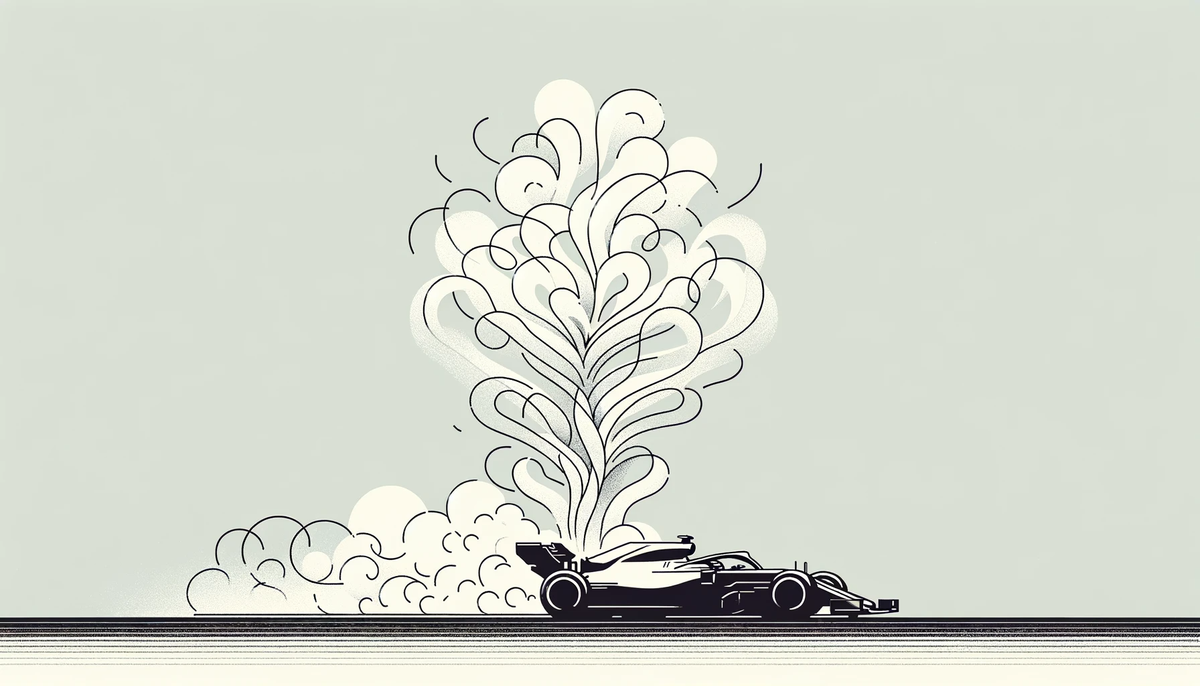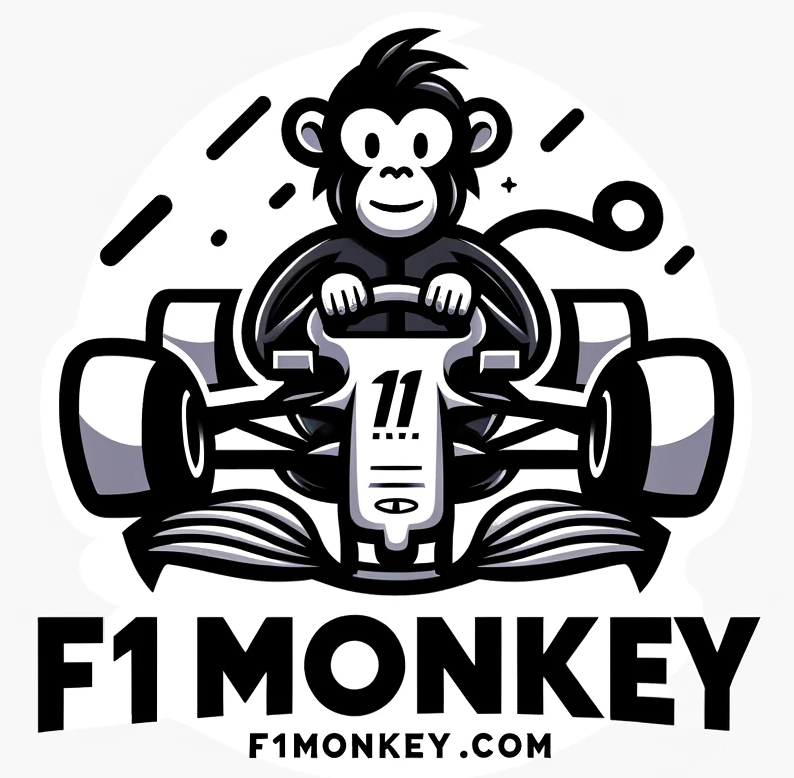What is Dirty Air in Formula 1?

Dirty air is a term used in Formula 1 to describe the turbulent air left behind by a racing car. When a car slices through the air at high speed, it disrupts the airflow, creating a wake of less stable and more chaotic air.
Effects on Following Cars
Why does dirty air matter? Well, for the car following behind, this turbulent air can be quite a challenge. The disrupted airflow reduces the effectiveness of the following car's aerodynamic components. This means less downforce and, as a result, less grip on the track. It's like trying to run in a windy storm; you can do it, but it's much harder.
Dirty air is crucial in Formula 1 because it affects overtaking. When a car is in dirty air, its performance dips slightly, making it harder to get close enough to the car in front to attempt a pass. This can lead to fewer overtaking and sometimes a 'train' of cars unable to pass one another.
Managing Dirty Air
Drivers and teams work hard to manage the effects of dirty air. They adjust their racing lines and use aerodynamic setups to minimize its impact.
Formula 1 has been aware of the dirty air issue and its impact on racing excitement. Recent regulations (2022 cars) aim to reduce the severity of dirty air through changes in car design. This is to promote closer racing and more overtaking opportunities, enhancing the spectacle for us, the viewers.
Formula 1 also introduced an important feature in 2011 to tackle the dirty air challenge, the Drag Reduction System (DRS). DRS plays a crucial role for the car trailing behind. It's a system that allows a car to temporarily reduce aerodynamic drag, which is especially useful in overcoming the adverse effects of dirty air. When activated, DRS opens the DRS flap, making it easier for the following car to gain speed and overtake.

Slipstream vs Dirty Air
Slipstream is the aerodynamic advantage gained by a car when it follows closely behind another car. In this scenario, the leading car cuts through the air, creating a low-pressure area behind it. This low-pressure area means less air resistance for the following car, allowing it to speed or to accelerate faster. This is beneficial for the trailing car, especially on straight parts of the track, as it can gain speed and potentially overtake the car in front.
When you follow a car closely, you experience both slipstream and dirty air, but the effect you encounter depends on the specific part of the track you're on and your proximity to the car ahead.
- On Straight Sections - When following a car on a straight section of the track, you primarily benefit from the slipstream. The car ahead cuts through the air, reducing the air resistance for your car. This allows you to gain speed more easily and potentially overtake.
- In Corners - However, when you're following a car through corners, you're more likely to encounter dirty air. The turbulent air left behind by the car in front can reduce your car's aerodynamic efficiency, making it harder to maintain speed and control through the corner.
Conclusion
In summary, dirty air in Formula 1 is the turbulent air left behind by a car, which can negatively impact the performance of following cars. It's a critical factor in racing strategy and overtaking dynamics. With ongoing efforts to reduce its impact, we can look forward to more thrilling races ahead.





